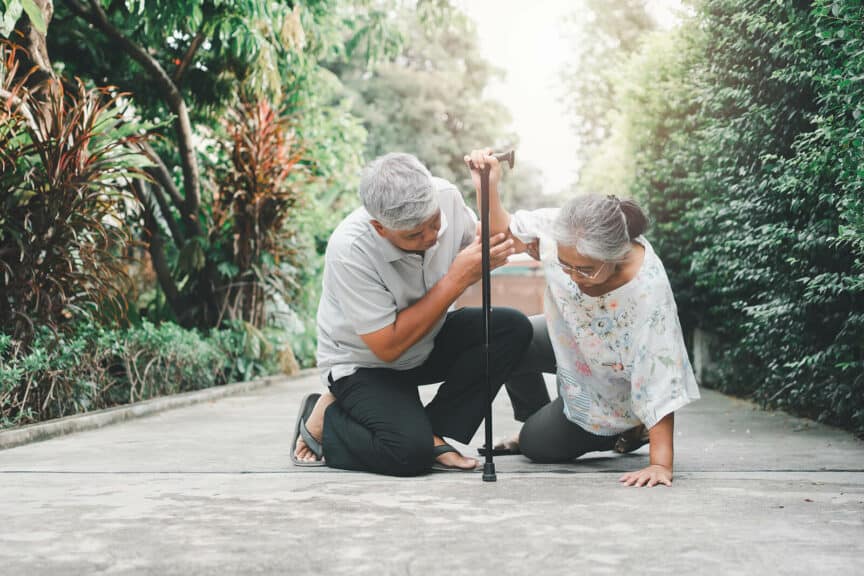As hearing professionals, our commitment to the well-being of our patients extends beyond the realm of hearing health alone. Recent advancements in the understanding of hearing loss, coupled with cutting-edge technologies, have unveiled a surprising connection between untreated hearing impairment and the increased risk of falls and accidents. In this article, we explore the profound impact of hearing aids in preventing such incidents, shedding light on the latest developments in hearing loss prevention, diagnosis, and management.
The Hidden Link between Hearing Loss and Falls:
Research has increasingly shown that untreated hearing loss can significantly contribute to an elevated risk of falls and accidents, especially in older adults. A study published in the Journal of the American Geriatrics Society revealed that individuals with untreated hearing impairment had a higher incidence of falls compared to those with normal hearing. The reasons behind this connection are multifaceted, involving both physiological and cognitive aspects.
When hearing is compromised, the brain allocates more cognitive resources to processing auditory information, potentially diverting attention from other essential tasks such as maintaining balance and coordination. Additionally, individuals with hearing loss may experience difficulties in perceiving environmental cues, like footsteps or approaching vehicles, leaving them more vulnerable to accidents.
The Role of Hearing Aids in Fall Prevention:
The advent of advanced hearing aid technologies marks a pivotal turning point in mitigating the risks associated with hearing loss. Modern hearing aids are not merely amplifiers; they are sophisticated devices equipped with features designed to enhance overall situational awareness, ultimately reducing the likelihood of falls and accidents.
Directional Microphones:
Cutting-edge hearing aids are equipped with directional microphones that focus on sounds coming from a specific direction while reducing background noise. This feature allows wearers to pinpoint the source of sounds, aiding in spatial awareness and ensuring they can react promptly to potential hazards.
Connectivity and Environmental Analysis:
Many contemporary hearing aids are equipped with connectivity features, enabling seamless integration with smartphones and other smart devices. This connectivity allows wearers to receive alerts about their surroundings, such as traffic warnings or alarms, directly through their hearing aids. Some devices even utilize environmental analysis algorithms to assess potential dangers and provide real-time alerts.
Balance and Coordination Assistance:
Advancements in hearing aid technology extend beyond auditory improvements. Some devices now include sensors that monitor subtle changes in body movements. By analyzing these changes, the hearing aid can provide feedback to the wearer, helping to improve balance and coordination and thereby reducing the risk of falls.
Early Detection and Intervention:
Emphasizing the importance of early detection and intervention cannot be overstated. Regular hearing screenings, especially for older adults, play a crucial role in identifying hearing loss at its earliest stages. By addressing hearing impairment promptly, we not only enhance the quality of life for our patients but also significantly reduce the associated risks of accidents and falls.
The Future of Hearing Loss Management:
Looking ahead, the integration of artificial intelligence (AI) and machine learning holds tremendous promise in refining the field of hearing loss management. Future hearing aids may be equipped with AI algorithms capable of continuously adapting to the wearer’s environment, providing an unprecedented level of personalized assistance. These futuristic interventions could further revolutionize fall prevention strategies by offering real-time analysis and response to dynamic surroundings.
As hearing professionals, our duty extends beyond restoring auditory function. By understanding and communicating the crucial link between untreated hearing loss and the risk of falls and accidents, we empower our patients to take proactive measures. The latest advancements in hearing aid technology serve as invaluable tools in this endeavor, not only amplifying sounds but also acting as silent guardians against potential hazards. With a compassionate and informed approach, we can ensure that our patients not only hear better but live safer, more fulfilling lives.

